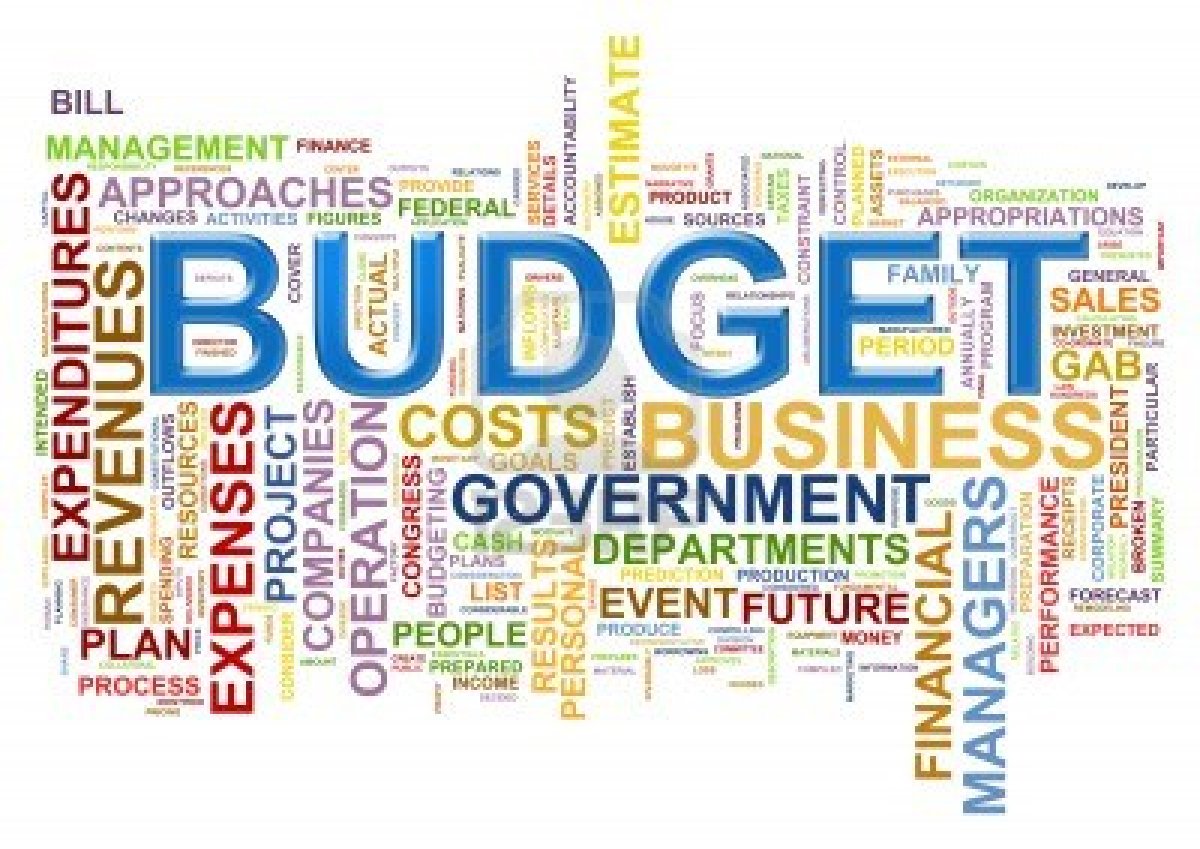Write your own personal development plan designed for you specifically and post it on your blog. Include the following components in your plan:
- Four types of development (from this week's Learning Resources) that you will advocate for your employer to provide you and/or that you will pursue on your own (for example, continuing your professional learning outside of the workplace)
- A rationale for each of your development ideas

Formal Education: My present position at the current company and the underdevelopment or lack of development offered, formal education as well as informal education will be something pursued continuously. Further enhancing my education through business and entrepreneurship courses further enhances my development to successfully run businesses.
Action Planning: The short term and long term career goals must be carefully mapped out. The plan must be implemented properly and executed fully. The following must be considered:
- Professional goals and motivation
- Talents or strengths
- Development opportunities
- Development objectives and action steps (Noe 374)
Formal Education: My present position at the current company and the underdevelopment or lack of development offered, formal education as well as informal education will be something pursued continuously. Further enhancing my education through business and entrepreneurship courses further enhances my development to successfully run businesses.
Action Planning: The short term and long term career goals must be carefully mapped out. The plan must be implemented properly and executed fully. The following must be considered:
Professional goals and motivation
Talents or strengths
Development opportunities
Development objectives and action steps
(Noe 374)
Mentor: Mentors who are successful doing what I have planned or are attempting. Individuals who are effective in management organization and other leadership roles will be highly enriching for further enhancement. Inspirational speaking, financial literacy, entrepreneurship, technology literacy and self-sufficient mindset are the areas the mentor will have experienced success.
Assessment: Assessment will also include evaluation; various assessment tools will help identify areas of success and failure as well as strength and weakness. Popular assessment tools include personality test and inventories assessment centers, performance appraisal, and 360 degree feedback systems. (Noe 380)” Various forms of input are valuable in the assessment including performance, behavior, skills or personality characteristics.
Regardless of the approach a development plan has to identify:
The type of development needed
Development goals
The best approach for development
Whether development goals have been reached
(Noe 407)
References
Laureate Education (Producer). (2011). Employee development [Video file]. Retrieved from https://class.waldenu.edu
Noe, R. A. (2013). Employee training and development (6th ed.). New York, NY: McGraw Hill.
Pace, A. (2010). Unleashing positivity in the workplace. Training and Development, 64(1), 40–44.









